When you think of pumpkins, what comes to mind? For many, it’s the vibrant orange orb that sits on a porch during Halloween, ready to spook with its grinning, candlelit face. Others might imagine the rich aroma of pumpkin pie wafting from the oven on a crisp autumn evening. But have you ever paused to ask: Are all pumpkins good to eat, or only certain types? The world of pumpkins is much broader than you might think, and this question leads to an exploration of culinary, cultural, and botanical intrigue.
In this post, we’ll dig deep into the pumpkin patch to uncover the answers. From understanding different pumpkin varieties to identifying which ones are best for your dinner table (and which might be better left for decoration), this is your ultimate guide to all things pumpkin.
What Is a Pumpkin, Anyway?
First, let’s start with the basics. Pumpkins are a type of squash belonging to the genus Cucurbita. Botanically speaking, they are fruits because they develop from the flower of the plant and contain seeds. However, in the culinary world, pumpkins are treated as vegetables due to their savory flavor profile.
Pumpkins can be divided into four main species commonly cultivated for human use:
- Cucurbita pepo: This group includes many classic pumpkins, summer squashes (like zucchini), and gourds.
- Cucurbita maxima: Known for their larger size and sweeter flesh, these pumpkins include varieties like Hubbard and Kabocha.
- Cucurbita moschata: These are often used for cooking, as their flesh is dense and flavorful. Examples include butternut squash and the iconic Dickinson pumpkin used in canned pumpkin purées.
- Cucurbita argyrosperma: Less common, but still edible, these pumpkins are usually grown for their seeds or regional cuisines.
Edible vs. Decorative Pumpkins: The Key Differences
Not all pumpkins are created equal when it comes to taste and texture. While most pumpkins are technically edible, some are better suited for eating than others. Here’s why:
- Flavor: Pumpkins grown for eating are bred for their sweet, nutty flavor. Decorative pumpkins, on the other hand, often have bland or slightly bitter flesh.
- Texture: Culinary pumpkins have dense, smooth flesh that becomes tender when cooked. Decorative varieties may be fibrous or watery, making them unappealing for recipes.
- Size: Many giant pumpkins (like those you see at state fairs) prioritize size over taste. Their flesh can be stringy and less flavorful.
- Skin Thickness: Edible pumpkins often have thinner, easier-to-peel skins compared to their decorative cousins.
Pro tip: If you’re unsure about a pumpkin’s edibility, its size, color, and label can offer helpful hints. Smaller, deeply colored pumpkins labeled as “sugar pumpkins” or “pie pumpkins” are almost always a safe bet for eating.
Types of Pumpkins: A Culinary Guide
1. Sugar Pumpkins (Pie Pumpkins)
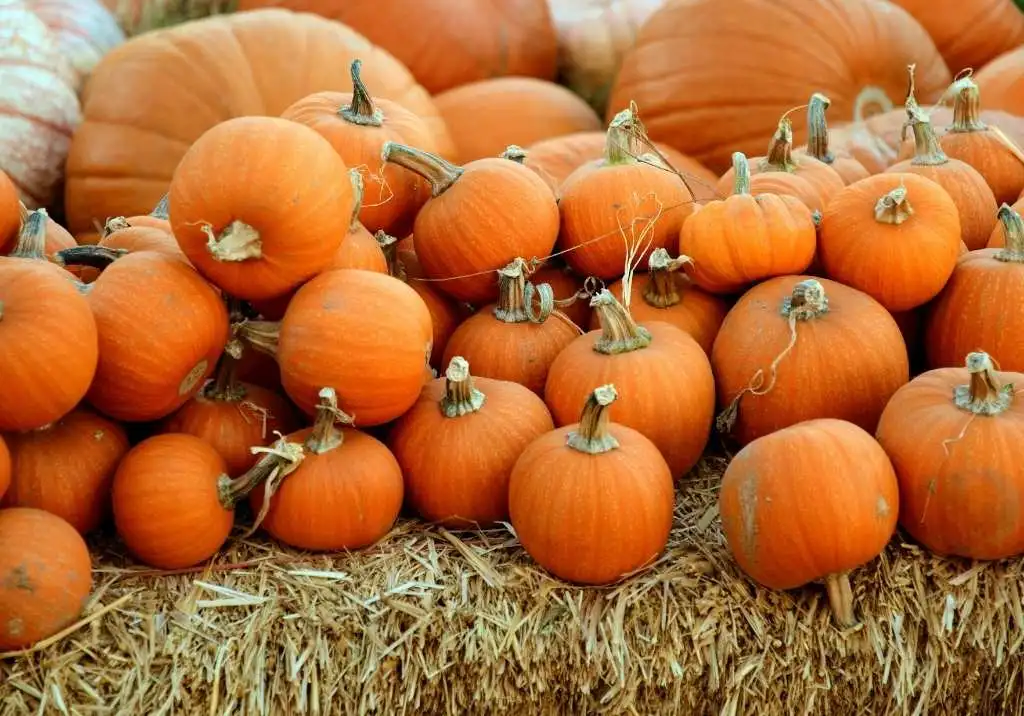
- Best for: Pies, soups, and purées.
- Why: These small, round pumpkins (typically 2-4 pounds) have a naturally sweet flavor and fine-grained flesh, making them perfect for baking.
- Examples: Sugar Baby, New England Pie.
2. Cinderella Pumpkins (Rouge Vif d’Etampes)
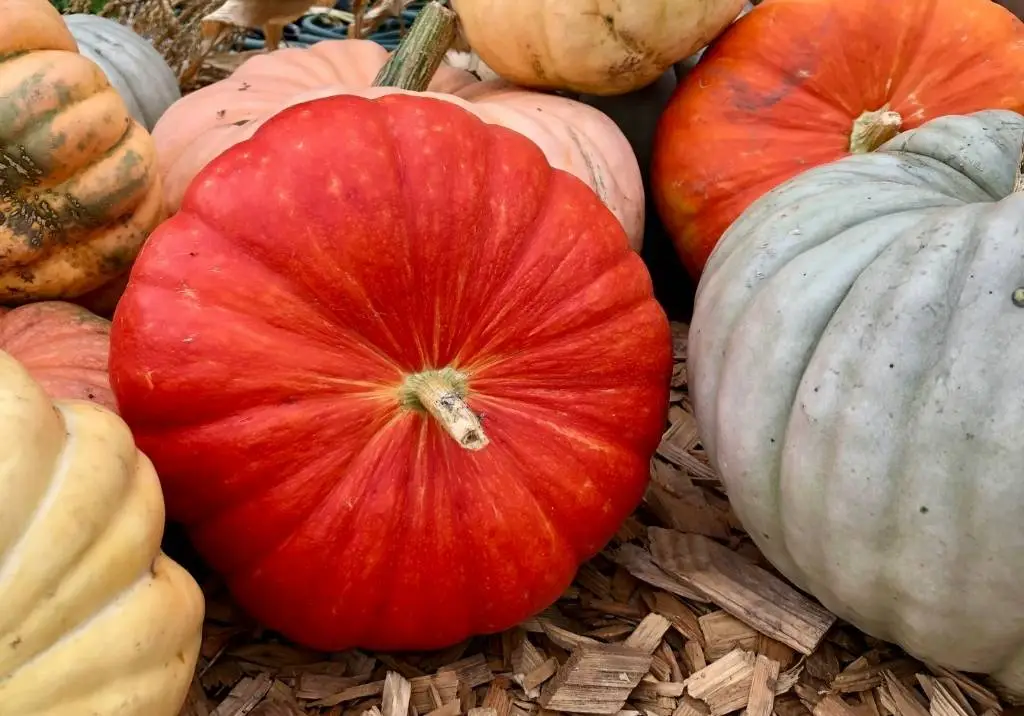
- Best for: Roasting, soups, and serving dishes.
- Why: This French heirloom variety has vibrant orange-red skin and dense, flavorful flesh. It’s also stunning as a table centerpiece!
- Fun fact: This pumpkin inspired the coach in Disney’s Cinderella.
3. Kabocha Squash (Japanese Pumpkin)
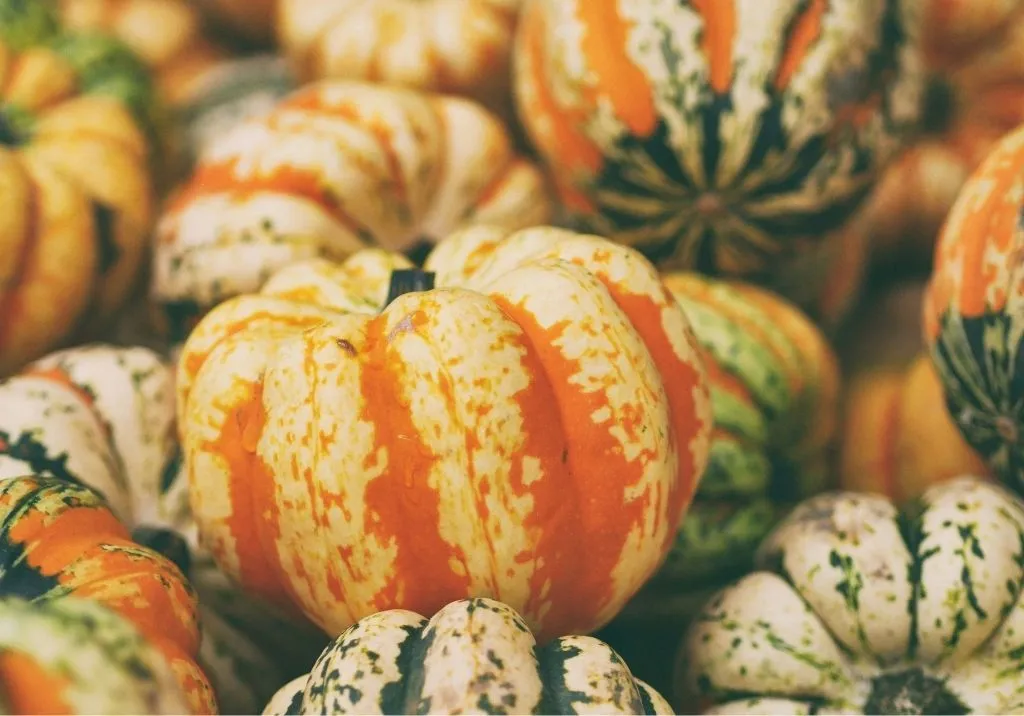
- Best for: Stews, curries, and roasting.
- Why: Kabocha has an exceptionally creamy texture and a rich, chestnut-like flavor. Its green skin and orange flesh make it stand out.
4. Butternut Squash (Technically a Pumpkin!)
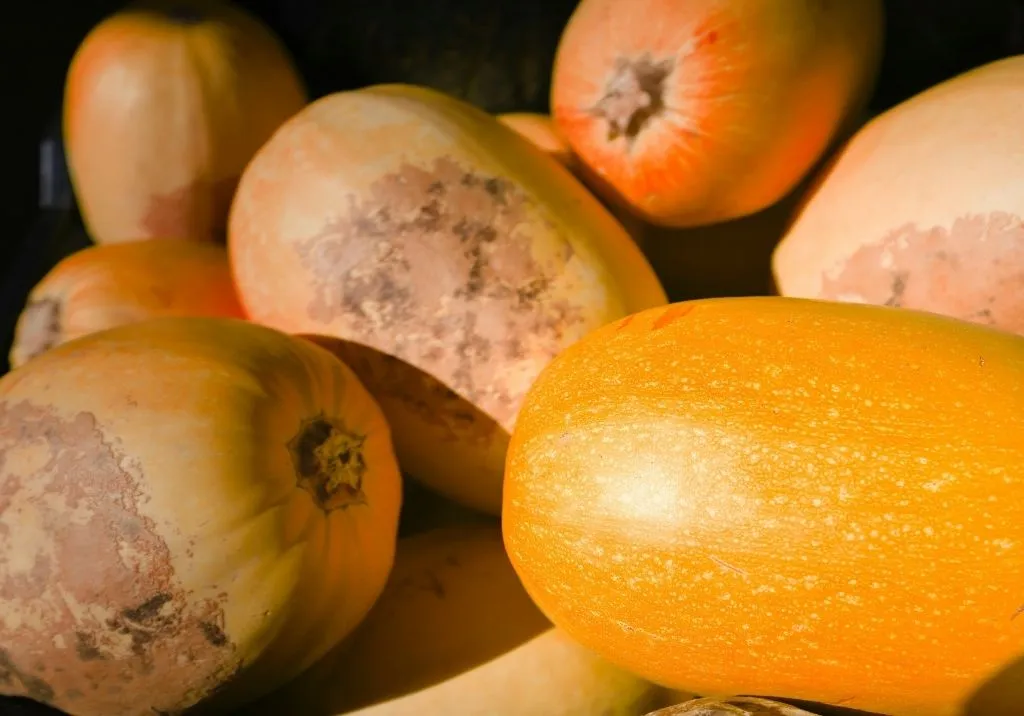
- Best for: Anything—soups, pies, roasted dishes.
- Why: Its sweet, nutty flavor and smooth texture make it incredibly versatile. Plus, its elongated shape makes peeling easy.
5. Jack-o’-Lantern Pumpkins
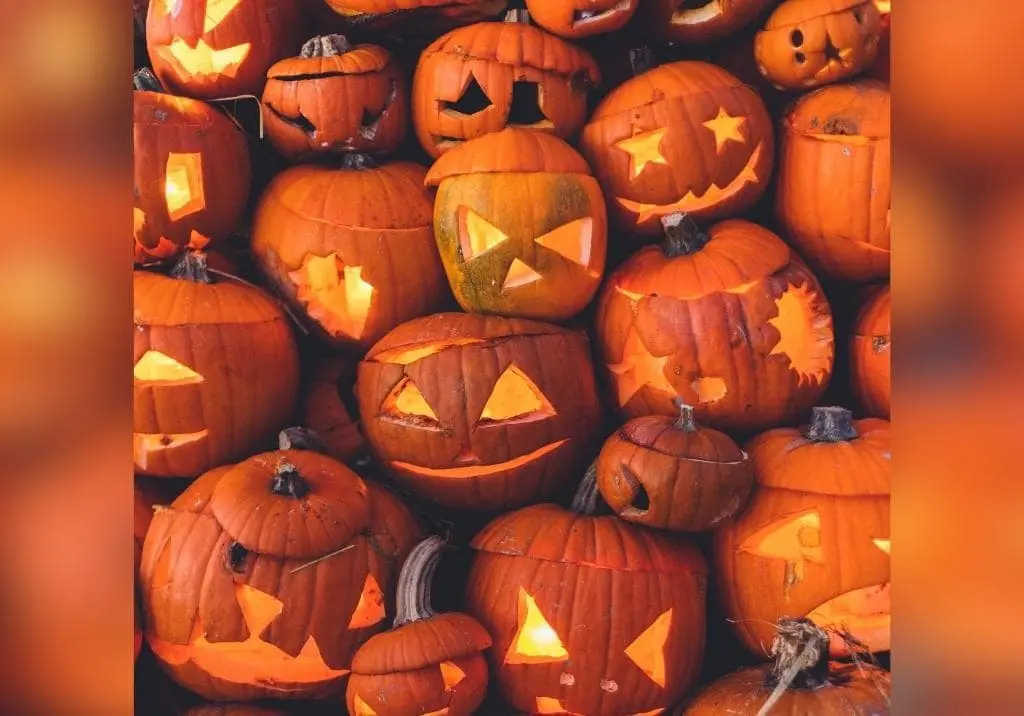
- Best for: Carving… not eating.
- Why: These pumpkins are bred for their size and hollow interiors, making them ideal for carving but lackluster in the kitchen. Their flesh is watery and stringy.
6. White Pumpkins
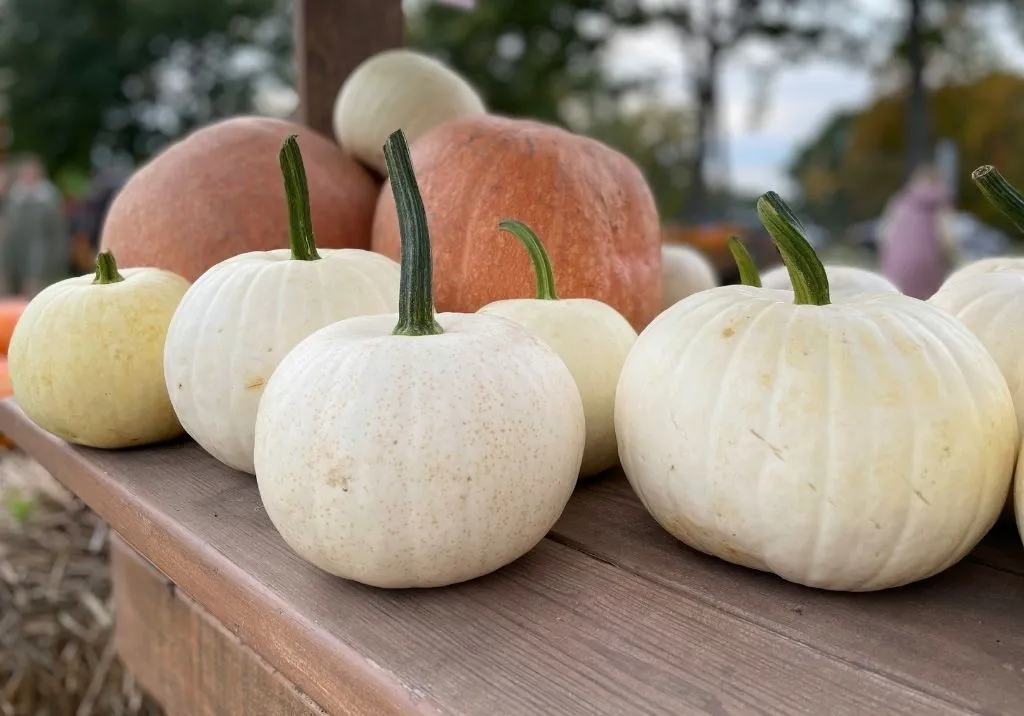
- Best for: Baking and aesthetic dishes.
- Why: Varieties like Baby Boo and Casper may look decorative, but they often have sweet, mild flesh.
How to Tell if a Pumpkin Is Edible
If you’re staring at a pumpkin and wondering whether it belongs in a pie or on your doorstep, here are some tips:
- Label Check: Pumpkins marketed as “pie pumpkins” or “sugar pumpkins” are meant for cooking. Avoid ones labeled solely as decorative.
- Weight Test: Pick it up—edible pumpkins often feel heavy for their size, indicating dense, flavorful flesh.
- Skin and Color: Look for vibrant, smooth skin. Dull or irregular coloring could mean the pumpkin isn’t the best for eating.
- Tap Test: Give the pumpkin a gentle tap. A hollow sound suggests a carving pumpkin; a dull, solid sound is a good sign for cooking.
Creative Ways to Use Edible Pumpkins
Pumpkins are incredibly versatile in the kitchen. Here are some ideas to inspire your culinary adventures:
1. Classic Pumpkin Pie
There’s a reason this dessert is a Thanksgiving staple. Use sugar pumpkins to make a velvety, spiced filling that will impress your guests.
2. Roasted Pumpkin Wedges
Cut a pumpkin into thick wedges, drizzle with olive oil, sprinkle with salt and rosemary, and roast until caramelized. This simple dish is a fall favorite.
3. Pumpkin Soup
Blend roasted pumpkin with coconut milk, vegetable stock, and warming spices like ginger and nutmeg for a comforting, creamy soup.
4. Pumpkin Ravioli
Use pumpkin purée as a filling for homemade pasta. Pair with sage-butter sauce for a gourmet dinner.
5. Pumpkin Seeds
Don’t toss the seeds! Roast them with a bit of oil and your favorite spices for a crunchy, healthy snack.
What About Decorative Pumpkins?

If you’ve realized that your Jack-o’-Lantern or decorative gourd isn’t great for eating, don’t worry—there are still ways to put it to good use:
- Composting: Pumpkins break down quickly in compost piles, enriching your garden soil.
- Craft Projects: Turn mini decorative pumpkins into candle holders or vases.
- Animal Treats: Some animals, like chickens and pigs, enjoy pumpkins as a snack.
Growing Your Own Pumpkins
If you’re inspired to cultivate your own pumpkin patch, here are some tips for success:
- Choose the Right Variety: Decide whether you want edible pumpkins, decorative ones, or both.
- Provide Space: Pumpkins need plenty of room to sprawl. Plan for 6-10 feet of vine growth.
- Pollination Matters: Pumpkins rely on bees for pollination, so plant pollinator-friendly flowers nearby.
- Harvest at the Right Time: Pumpkins are ready to pick when their skin is hard and their stem begins to dry.
Final Thoughts: Embrace the Pumpkin Possibilities
So, are all pumpkins good to eat? Technically, yes—but only some will make your taste buds sing. When selecting pumpkins for culinary use, prioritize flavor and texture by choosing sugar pumpkins, Cinderella pumpkins, or other culinary varieties. Reserve Jack-o’-Lantern pumpkins and gourds for decoration.
As you explore the world of pumpkins, let your creativity shine. Whether you’re baking, roasting, carving, or composting, there’s a place for every pumpkin in your life. And who knows—your newfound pumpkin knowledge might just make you the star of the fall season.
Happy pumpkin-ing!

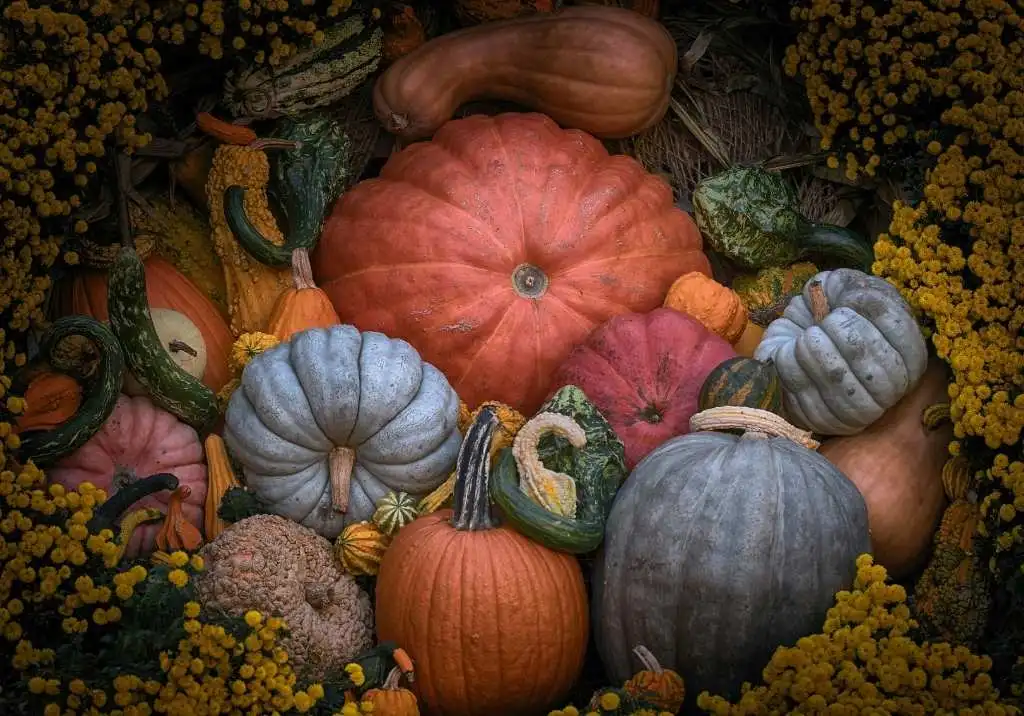

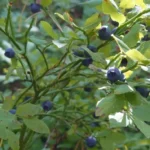
Pingback: Roasted Pumpkin Purée Soup with a Twist – Karenknows